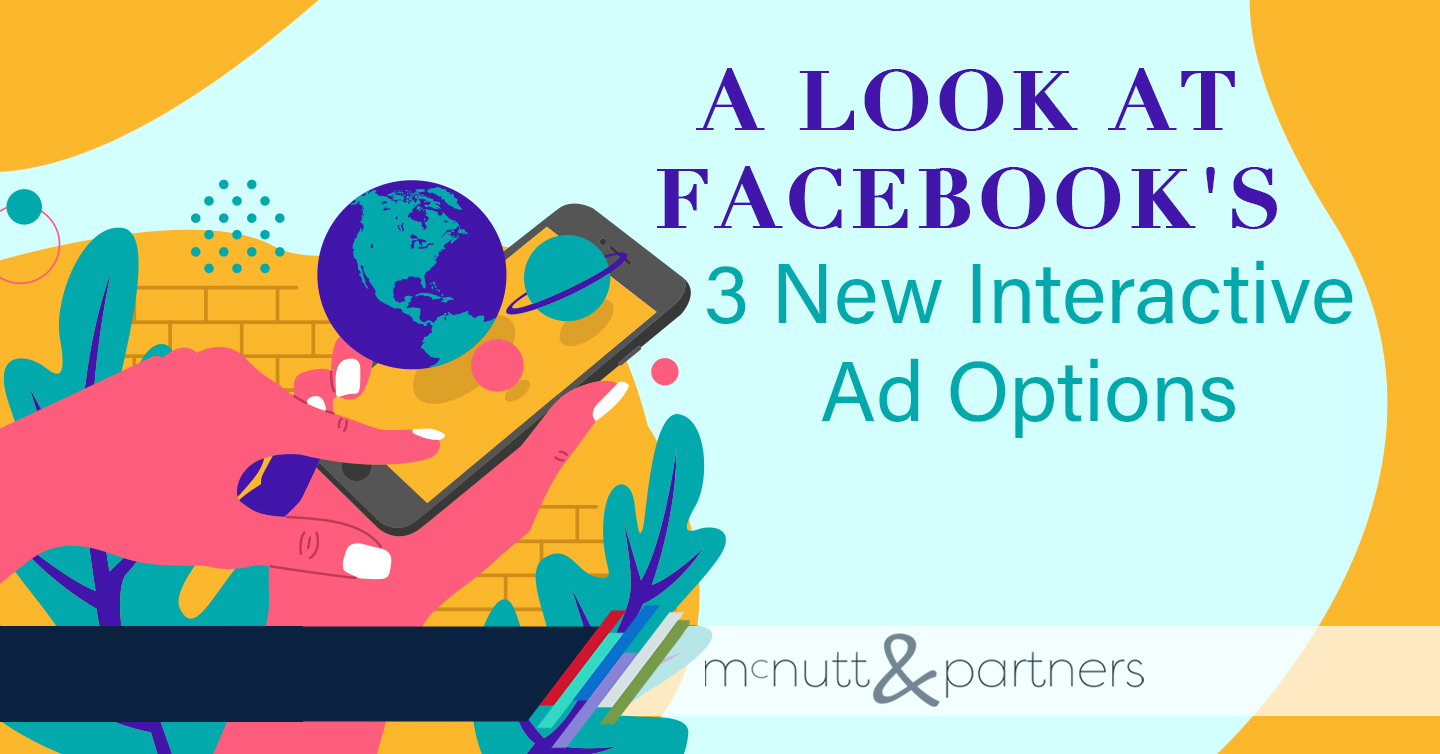As technology advances, so does the way that marketers can opt to serve up advertisements to brand followers and potential leads. Though traditional marketing forms still serve their respective roles, today it’s all about what can not only capture attention, but keep consumers engaged among the myriad of media that’s thrown at them on a daily basis. Along those lines, Facebook recently rolled out three new interactive ad options involving polls, games and augmented reality. Each of these will launch to a limited set of marketers this fall as it goes through the testing phase.
Polls Ads
The first among Facebook’s three new interactive ad options is all about giving consumers a choice. Instagram added a polls feature to its Stories earlier in 2019; however, now Facebook is adapting the concept further for its platform.
Advertisers can now add a poll to sponsored videos that appear on the mobile news feed. For example, if the video is showcasing a dress, the poll could ask consumers whether they like the dress better in red or blue. Marketers won’t see individual responses to the polls, but they will see how many of those who interacted selected each option.
Playable Ads
Instead of just giving consumers something to read, listen to or watch, give them something to do! That’s the idea behind the second of Facebook’s three new interactive ad options. Like polls, this one will be available in mobile-feeds only and not stories. With playable ads, marketers can:
- Show off an app or game with a lead-in video on the News Feed.
- Allow Facebook users to preview an app or game from the ad.
- Offer a call-to-action to install the app from the ad.
Learn more about Facebook’s playable ads.
Augmented Reality Ads
Brands like Michael Kors got a head start on Facebook’s augmented reality ads option in 2018; however, this fall the feature will become available to even more marketers. Like polls and playable ads, the augmented reality ads serve to generate more engaging ad experiences for consumers. For example, rather than viewing a pair of Michael Kors sunglasses on a model, consumers can actually “try on” the glasses using the technology—to see what they will look like on their own faces. Similarly, Sephora lets people “try on” various lipstick colors via the augmented reality ads.
Summary
With ecommerce becoming the norm, marketers should want to make it as easy as possible for consumers to patronize them at the exact point that they interact with their advertisements—which in this case, is online. With Facebook’s three new interactive ad options, the social media leader is paving the way for this form of marketing to become not just an add-on to brand advertising, but an expectation of such.

